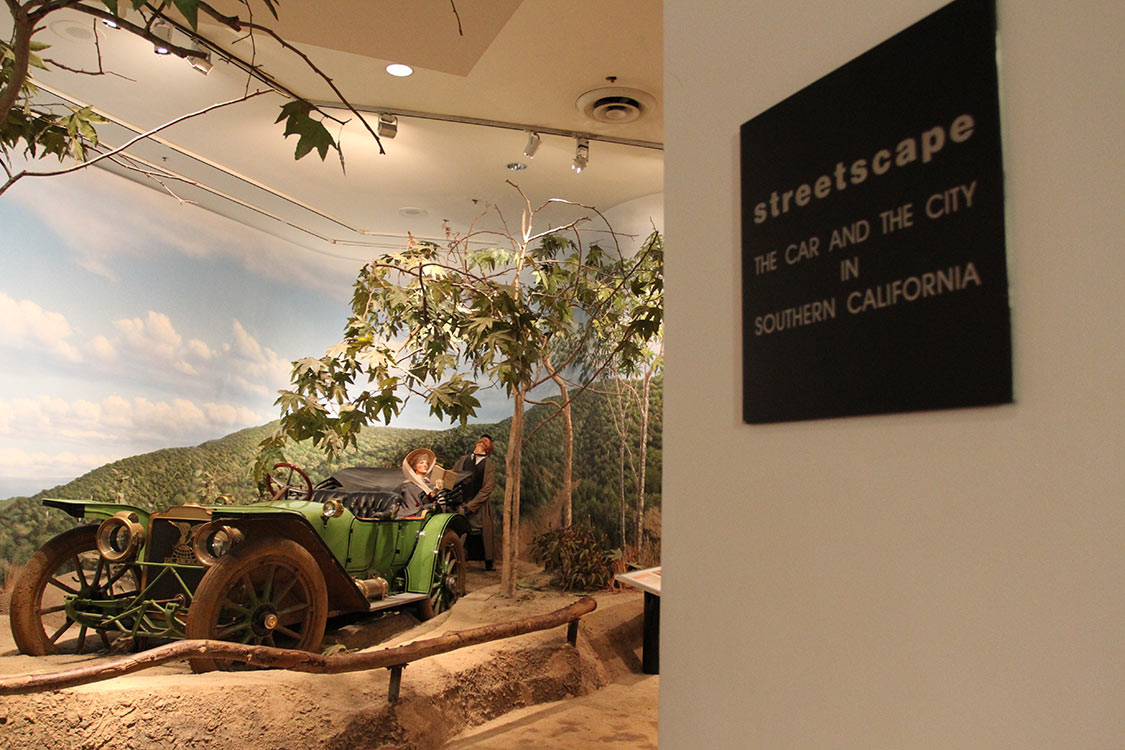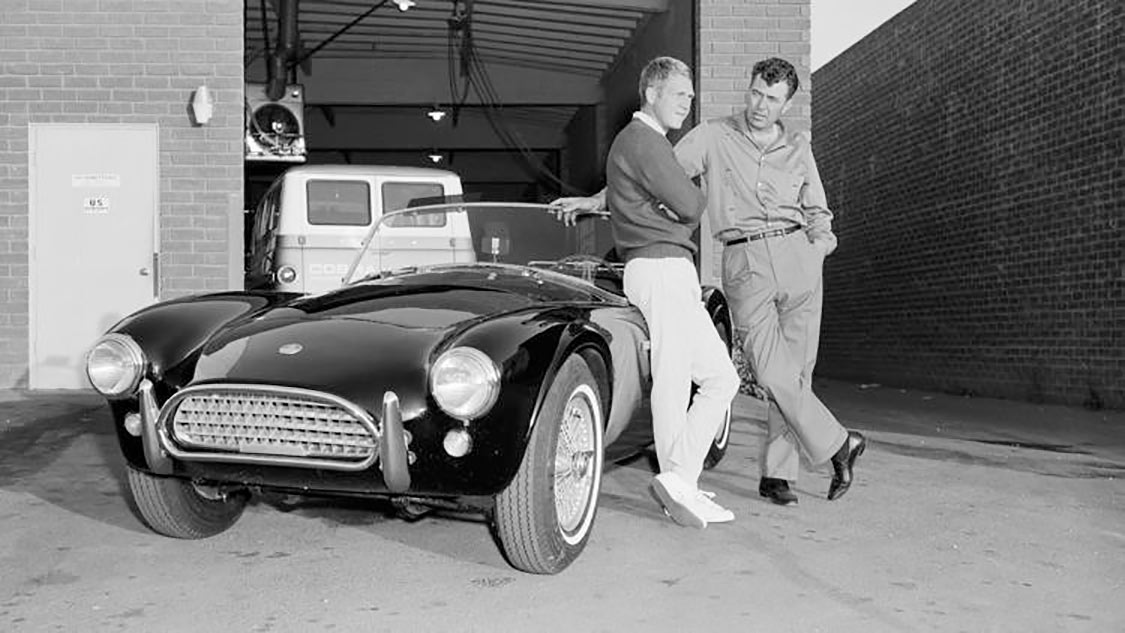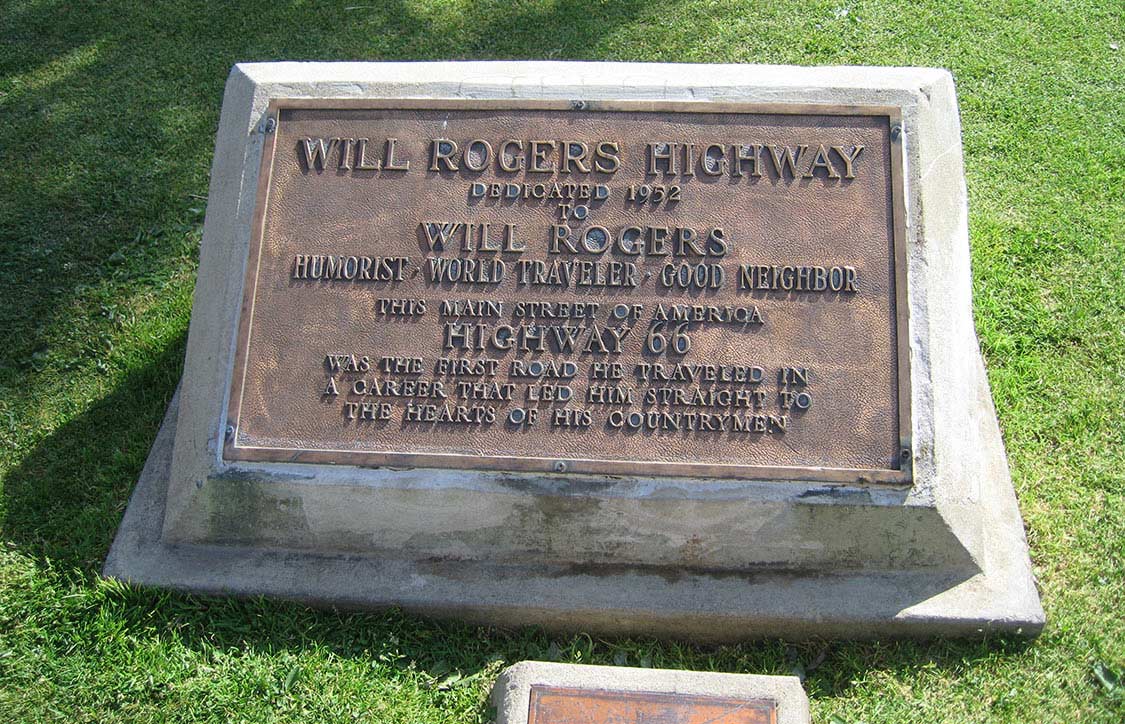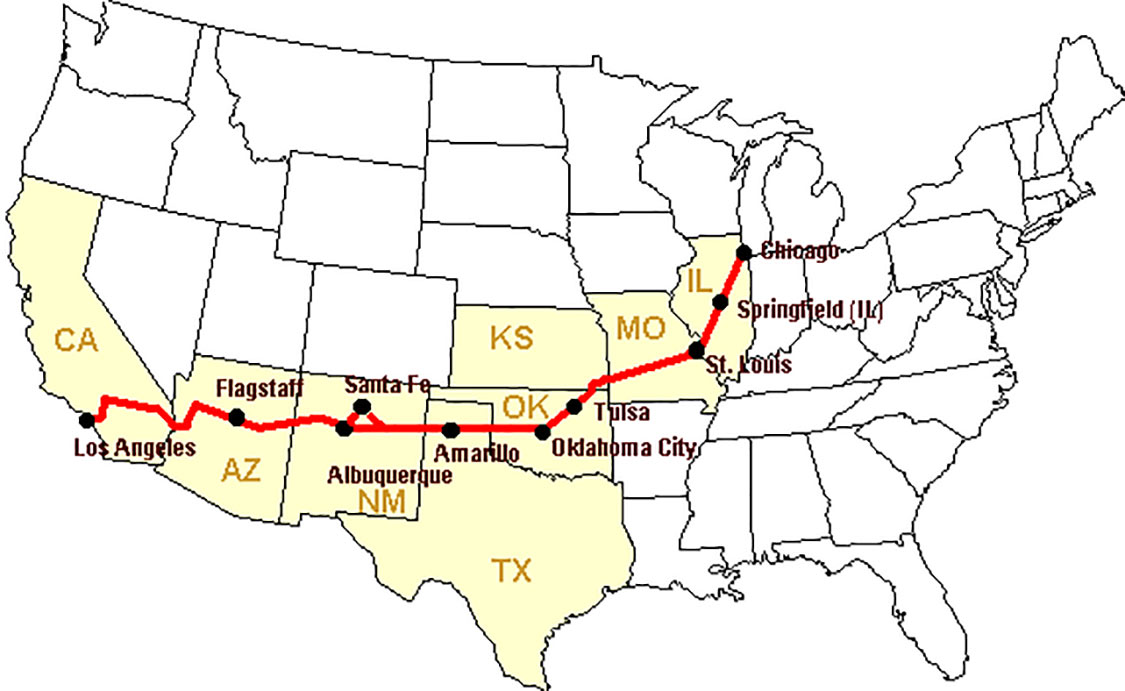 Scott Martin
.
February 13, 2023
.
All Feature Vehicles
Scott Martin
.
February 13, 2023
.
All Feature Vehicles

You’ve probably been able to “Get Your Kicks on Route 66”, but didn’t even know it. Yes, a stretch of 3 ½ miles along Santa Monica Boulevard in Los Angeles was once part of the legendary Route 66 that ran 2,500 miles from Chicago, Illinois all the way to Santa Monica, California. Now fragmented and convoluted, you can still see local remnants today if you look closely… a Route 66 street sign by the Formosa Café or a commemorative Route 66 Plaque on the outside of the Linoleum City building, both on opposite ends of Santa Monica Boulevard.
Known alternatively as the “Mother Road”, “Main Street America” and ‘Will Rogers Highway” the most recent designation as Route 66 came through the Arroyo Parkway from Pasadena, onto Sunset Boulevard, then straight down Santa Monica Boulevard (also known as SR2 or State Route 2) to the city of Santa Monica. For you history buffs, Arroyo Parkway was the first freeway in Los Angeles, later named the Pasadena Freeway, which has since gone back to “Arroyo Parkway” and is now on the National Register of Historic Places.



The Hollywood portion of the corridor “officially” begins on the East side at Uni Discounts Swap Meet and is bordered on the West by Formosa Avenue and the original Samuel Goldwyn Studios. The historic Formosa Café located there is now part of the West Hollywood Gateway complex. The Trolley Car-turned-lounge has been owned by the same family since it opened in the 1930’s and was frequented by most Hollywood aristocracy of the 40’s and 50’s. Due to Covid, the future of the restaurant is in question.
Pre-Covid, a thriving entertainment community flourished along “Theatre Row” and different portions of the boulevard. The Gardenia Supper Club and Cabaret had been providing live entertainment since 1982, The Virgil continued to feature DJ’s and live acts, and Hudson Theatre offered a live concert on the “Route 66 Music Tour”.
Designated a National Highway on November 11, 1926, Route 66 has been the subject of folklore, books, songs and legend ever since. Despite the fact that it was officially decommissioned on June 27, 1985, the name lives on and is celebrated for the significant role the long-stretching road played in our nation’s history as well as helping in the development of many regional and local economies. None more than in Los Angeles, where many of our most important early movie makers came west to avoid Thomas Edison’s merciless enforcement of his motion picture patents. Although before the inception of the actual highway, their emigration led the way for hundreds of thousands more to arrive in the area well into the 1960’s.
…the long-stretching road played in our nation’s history as well as helping in the development of many regional and local economies. None more than in Los Angeles, where many of our most important early movie makers came west to avoid Thomas Edison’s merciless enforcement of his motion picture patent




An estimated 200,000 migrants used Route US66 during the 1930’s to escape Dust Bowl conditions in Kansas, Oklahoma, Texas, Colorado and New Mexico. They came in search of dreams, to find work, to support their families and create new homes in the promised land of the West. They drove in everything that would carry them, mostly in rickety 1920’s cars and trucks, but some lucky ones later in more comfortable 1930’s models. The road became the focal point of one family’s travels from Oklahoma to California in John Steinbeck’s Pulitzer and Nobel Prize-winning book, “The Grapes of Wrath”.
The song “(Get Your Kicks on) Route 66” was written in 1946 by Bobby Troup and has become one of the most iconic and enduring elements of Route 66 by including the names of all but one of the cities which the route followed. It has been covered by over 50 artists including Nat King Cole, Chuck Berry, The Rolling Stones, Depeche Mode and John Mayer.
The local car scene was part of Route 66’s heritage




The “Route 66” television show, starring Martin Milner (who beat out Robert Redford for the role) and George Maharis has spawned on-going yearly car rally’s and doubled the sales of the Corvette its first season. Running from 1960 to 1964, the program featured two socially conscious men cruising the USA along Route 66 coping with shifting relationships and lifestyles. The ground-breaking show with some themes taken from Jack Kerouac’s book “On The Road” was shot on location in 40 states but several of the episodes were filmed locally in Hollywood and Los Angeles. The iconic theme instrumental by Nelson Riddle is instantly recognizable and was one of the first television themes to hit Billboard’s Top-30.
It’s interesting to note that the “Golden Age of Hollywood” was considered to have started in 1927, the year that “The Jazz Singer” was released and a year after Route 66 was designated a National Highway. The film and automobile businesses seemed to have developed and grown in many similar ways along the same timelines. Early director Cecil B. DeMille remarked, “The American love of motion and speed was embodied in the two industries.” Although the “Golden Age” supposedly ended in 1963 and Route 66 was not de-commissioned until 1985, Hollywood, the auto business and Route 66 seem destined to be forever linked.




That history was reflected in several dioramas featured in the Petersen Automotive Museum at Wilshire Boulevard and Fairfax Avenue, part of the historic “Miracle Mile” which also now goes by the name of “Museum Row.” The diorama displays were eliminated in the newly transformed Petersen Museum.
The local car scene was part of Route 66’s heritage, from the original migrants to the Hollywood era, through the transformation of the auto industry. The Hollywood community even recognized the contributions of Steve McQueen by designating the intersection of Highland Avenue and Santa Monica Boulevard as “Steve McQueen Square” on what would have been his 80th birthday.
Nationally, the Mother Road is (or was until the advent of Covid) celebrated yearly at multiple festivals and cruises in historic Route 66 locales including International Route 66 Mother Road Festival in Springfield, IL, Amarillo’s Route 66 Celebration, Rockin Route 66 in Tucumcari, New Mexico, Route 66 Patriotfest in Tulsa, OK and Route 66 Cruisin Reunion in the San Bernardino area in California. All of them feature, food, music and of course, major car cruises!
… many celebrate its final stop at the Santa Monica Pier. You’ll be satisfied to know that you’ve rediscovered a version of the American Dream you may not have even known was there.




The next time you’re ready to take the old convertible out for a Cruise, throw one of the many versions of the song “Route 66” on, crank it up and navigate from Pasadena down the Arroyo Parkway to Sunset Boulevard, turn onto Santa Monica Boulevard and drive West through Hollywood, West Hollywood and Beverly Hills to the City of Santa Monica. The old Route 66 finds its end before reaching the ocean at a commemorative Will Rogers plaque at Ocean Avenue and Santa Monica Boulevard, but many celebrate its final stop at the Santa Monica Pier. You’ll be satisfied to know that you’ve rediscovered a version of the American Dream you may not have even known was there… the famous Route 66.
Share Link